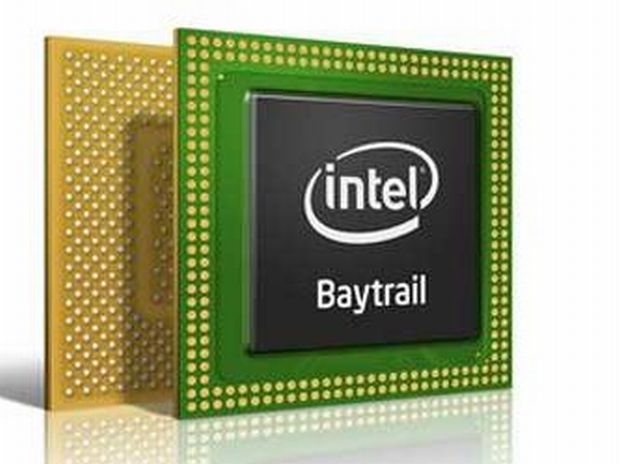Intel aims for mobile gains via Indian OEMs

Intel is aiming to expand its partnerships with Indian original equipment manufacturers (OEMs) as it looks to introduce tablets and other mobile devices in the local market this year.

Apart from its existing partnerships with global OEMs, Intel is planning to partner Indian manufacturers such as Micromax, Lava, and Karbonn for new launches.
"We want to be a relevant player in 2014 and the leader in 2015. We have the building blocks, we understand the channels much better [and] we've learnt how things are sold in India," Anand Ramamoorthy, director of south Asia consumption sales at Intel, said in an interview with The Economic Times.
The executive said the chipmaker was targeting to introduce "double-digit" number of mobile devices in India this year, including platforms that run on Microsoft Windows and Google's Android and Chrome operating systems.
While the company had failed to capitalize on the first wave of mobile adoption, Ramamoorthy believes Intel's family of mobile processors and systems-on-a-chip, codenamed Bay Trail, released last year will lay the groundwork for devices that offer the right combination of power, performance, and price.
Noting that Intel's strong footprint in the personal computer space, he acknowledged: "We all know what Intel earned its stripes for, [but] what has not worked too well has been our inability to have a sustained product beat rate in the mobility space."
He added that market players had to "innovate much faster" in the mobile devices segment, where new platforms were introduced every six to nine months.
Ramamoorthy gave no specific targets for the Indian market, but did say the company was aiming to quadruple the number of Intel-inside tablets shipped worldwide to 40 million in 2014 over last year.